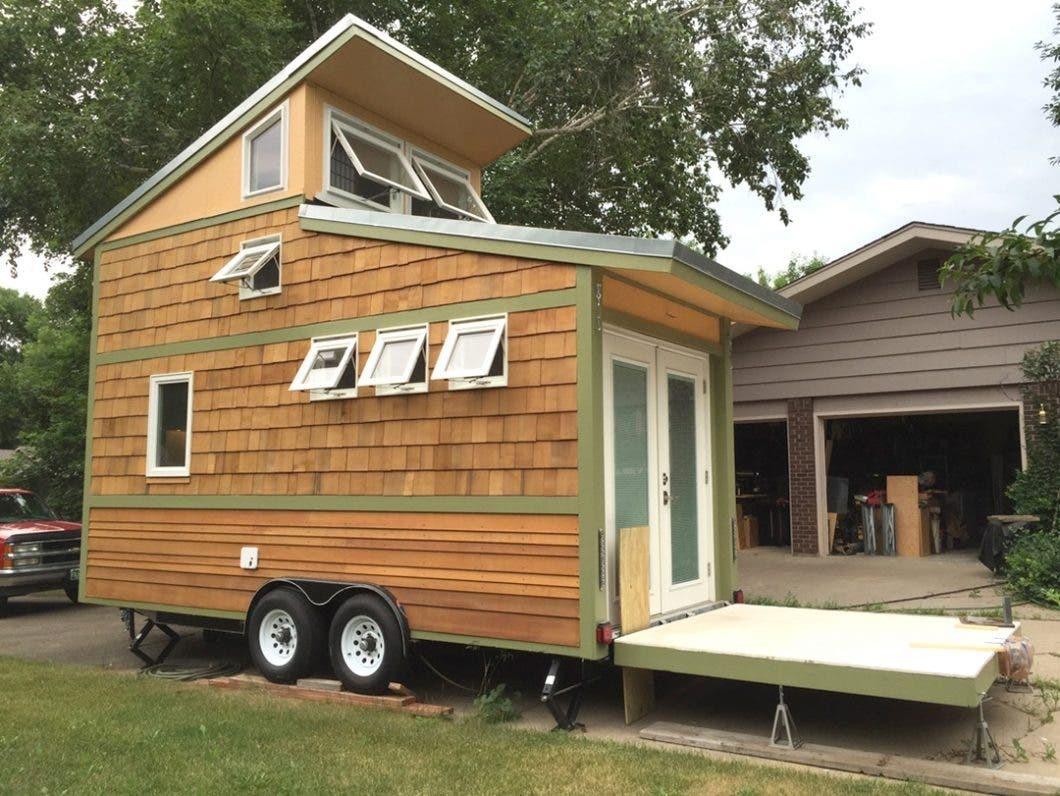The buzz around building these days is not the buildings, but the cost of materials. Because of the pandemic and renewed interest in remodeling and new construction, the demand for lumber has gone through the proverbial roof.
Structural Insulated Panels can be used to build any size home.
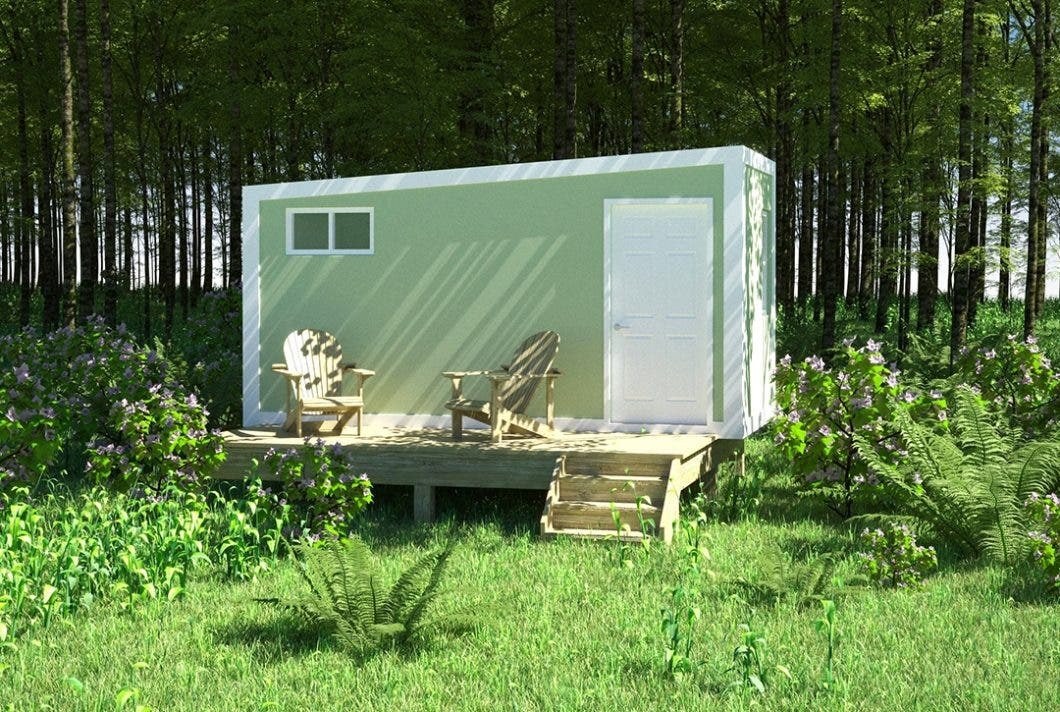
Currently the cost of lumber is up 375 percent higher than it was about a year ago. The same goes for steel. After crashing last March, steel costs have gone up 200 percent in just 12 months. So, what is a tiny house builder to do when starting to frame out a tiny house? Lumber and steel are the two most common framing options available to the DIYer. SIPS might just be the answer.
SIPs finish just like a traditional wood framed home.
Structural Insulated Panels (SIPs) use less framing lumber. They are most commonly made from OSB (oriented strand board) panels sandwiched around a foam core of expanded polystyrene. The panels support high-performance structures and can be installed quickly. Better yet, they have not seen any significant price increase.
SIPs come in a variety of sizes and thicknesses.
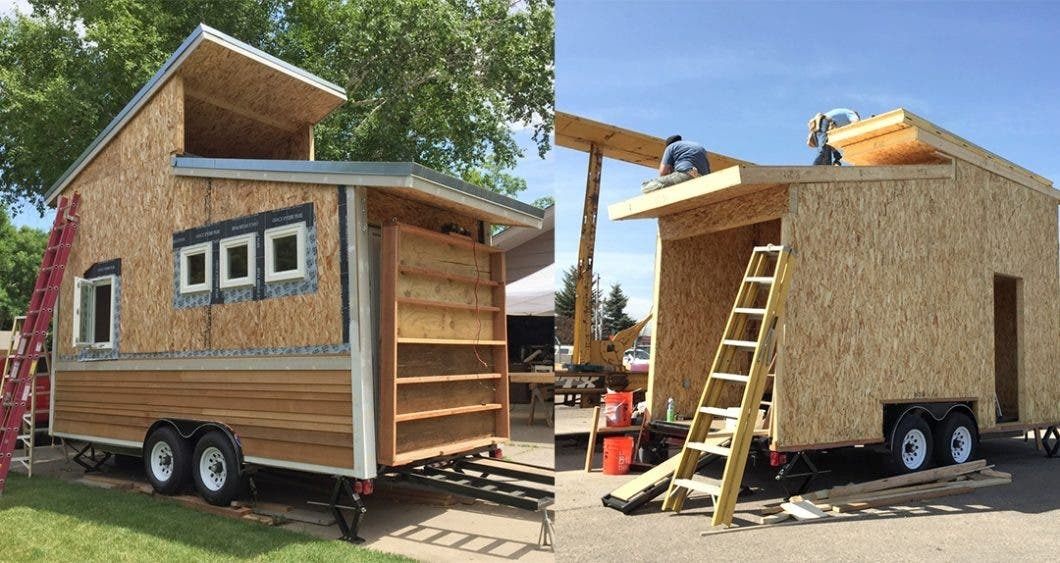
There are several companies that offer SIPs specifically for tiny homes. One of these companies we have profiled before. Golley Houses is located in Georgia and supplies SIPs in a flat-pack kit that can be built into a tiny ADU. The modular kit includes only 30 panels to make the entire structure.
The Golley House and the Maximus Tiny House were built with SIPs.
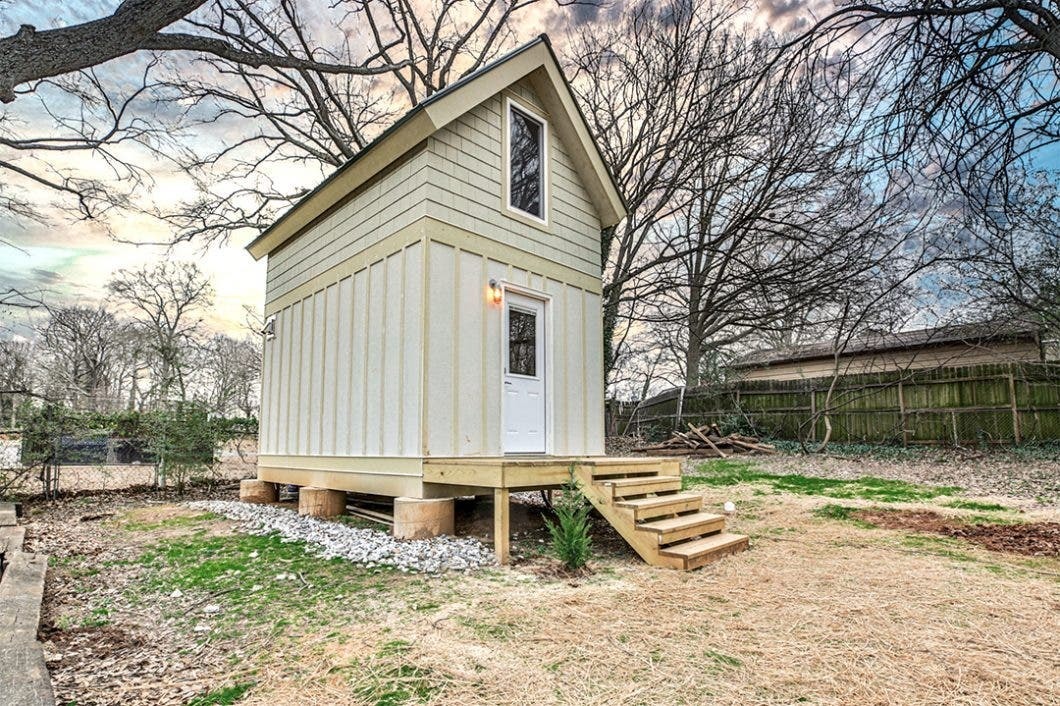
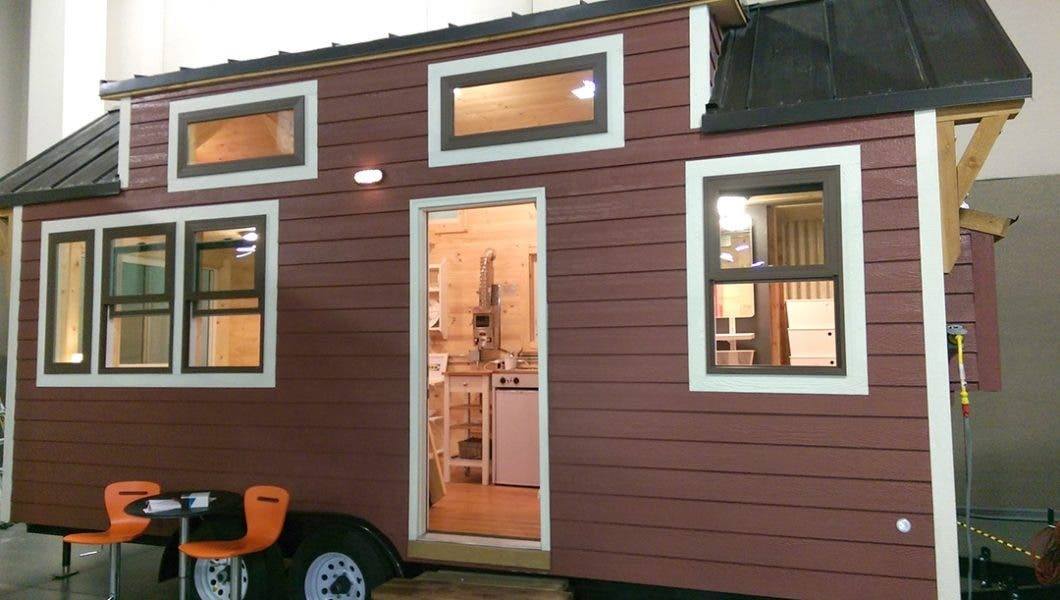
Another SIP company that offers materials for tiny homes is RAY-CORE. RAY-CORE supplies SIPs in various thicknesses and sizes. Their panels not only have the closed cell poly insulation, but also come with a foil radiant barrier. ICS Eco SIPs builds panels and offers instruction on how to install them for tiny house DIYers.
SIPs could be the solution for inflated material prices.
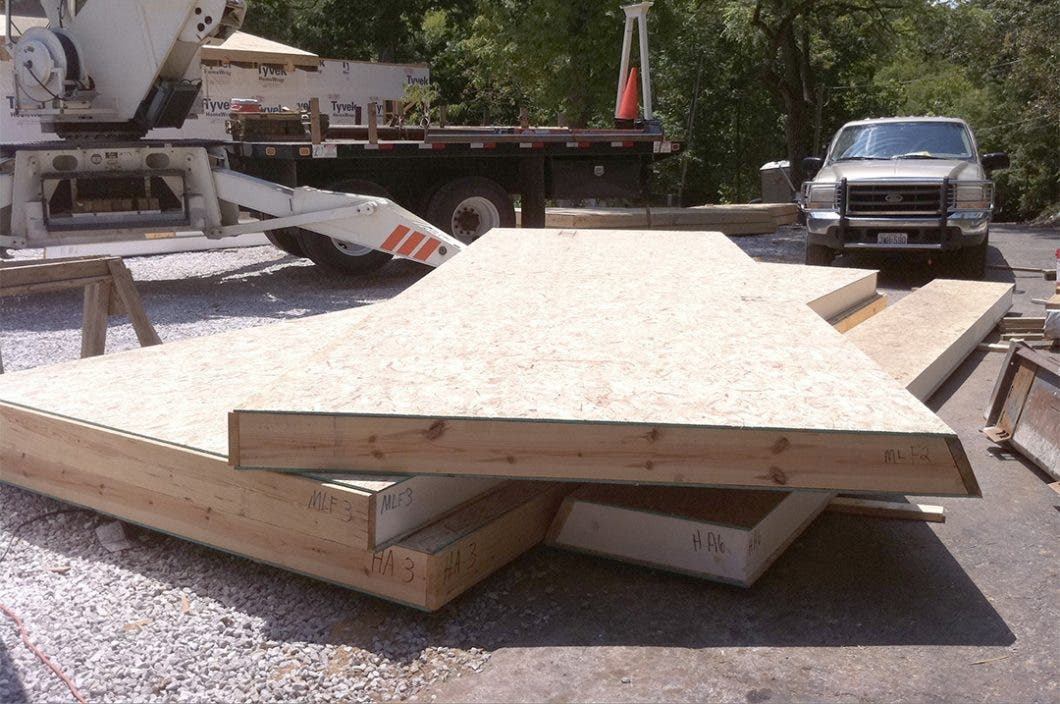
Any SIP panel is also going to be lighter to work with than wood framing. In addition, they meet or exceed all codes, and can be used for both walls and roofs. Best of all, currently they seem to be immune from the ups and downs of the mad, mad, mad wood and steel world.
By Christina Nellemann for the [Tiny House Blog]

